Copy that taps into psychology can boost sales like crazy.
Why? Because the persuasive copywriting strategy takes the function of the human mind into consideration, rather than just screaming, “Hey, buy this thing!” (which – surprise! – is not super effective.)
But some people (incorrectly) think writing copy is only for advertising purposes.
Copy, in a modern context, is simply written content aimed at driving sales. When you write a blog post, that's copy. When you write an email, you're writing copy. Almost everything you write within a business context could be considered copy.
And copywriters have been using psychological research as a foundation for years. Northwestern University professor Walder D. Scott noted that writers realized the potential of incorporating psychology into a sales context more than 120 years ago, when in 1895, an advertising journal published this quote:
“The advertisement writer is really also a psychologist. Human nature is a great factor in advertising success; and he who writes advertisements without reference to it is apt to find that he has reckoned without his host."
It makes sense, right?
You know what psychology-laced writing looks like. Car companies looking to boost sales use it in their copy all the time. Just look at this Porsche ad from the late 80s that spoke to the male buyer:
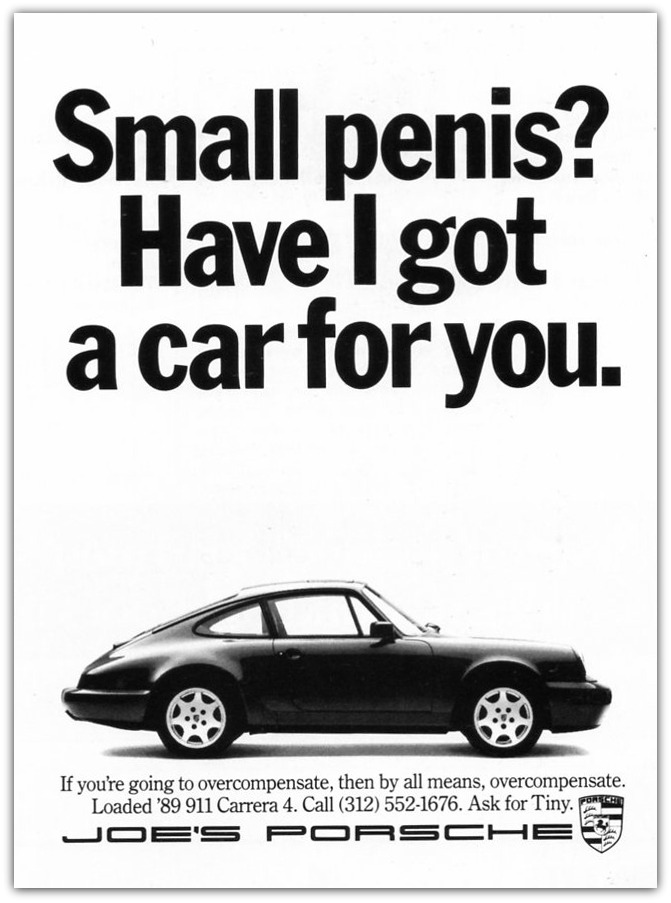
Subtle, eh?
Since we can’t read our customers’ minds, incorporating psychology into copy is the next best thing. It enables us to speak to the internal motivators, fears, and pains that drive a buyer to act.
And we know that weaving research from psychological studies into copy indeed produces results. Just look at Apple, whose most recent pre-order was for more than 10 million of the iPhone 6S.
So what wizardry are they using to make this happen? You might look to their marketing materials for a clue.
Apple has long been a master of speaking to its target audience’s psychological motivators, such as exclusivity, status, intelligence, etc. in marketing materials. Ads like this one don’t tout product features or benefits–they speak to a deeper customer sentiment: Psychological perception.
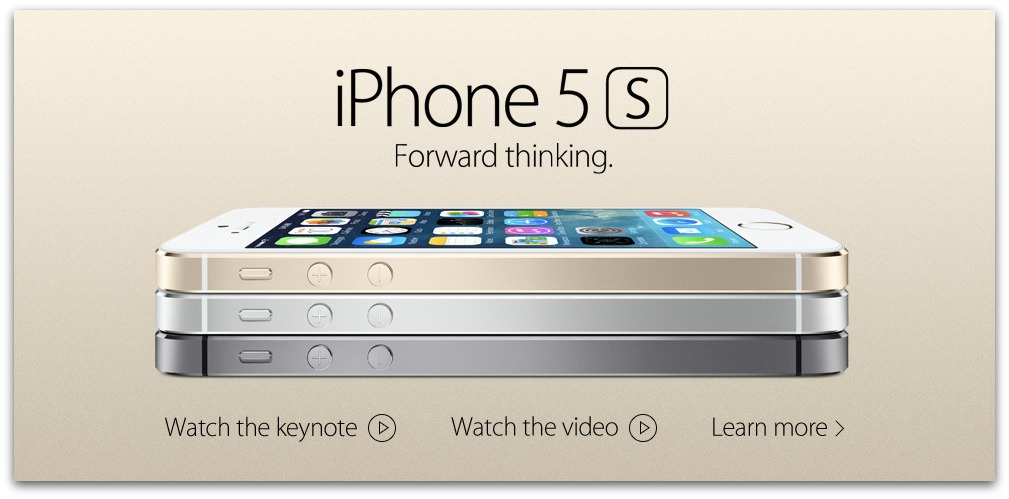
I don’t know about you, but I’d like my phone to indicate that I’m a forward thinking individual. That way I don’t have to explain it to everyone, ya know?
So while can’t all be Apple-esque companies, we can learn from the psychology-backed copywriting techniques successful companies like this one employ.
Within this guide, we’ll look at different ways you can use psychological studies when writing your copy to boost sales and to better connect with your target audience.
You’ll learn how to write copy that:
- Convinces people to buy more, or to buy again
- Earns the trust and respect of your audience
- Breaks down the walls between you and new customers
- Keeps customers interested in what you have to say
- Uses the most effective angles for encouraging purchases
Sound good? Let’s jump right in.
Reciprocity, AKA How Little Extras = More Sales
When people are nice to you, the natural response is to be nice in return.
Unless you’re a dick.
That’s the foundation of what we know as reciprocity. Humans are wired to reciprocate positive feelings.
As a kid, I remember my mom going to Macy’s “just to get one thing,” like a bottle of perfume or a lipstick that was running low. But every time we went into the store, the woman behind the counter would wink and slide her a few free mini fragrance samples. By the time we walked out of the store, my mom had three or four new purchases in her bag–not the “one thing” she went in intending to buy.
Why did this happen? Was the saleslady just a baller?
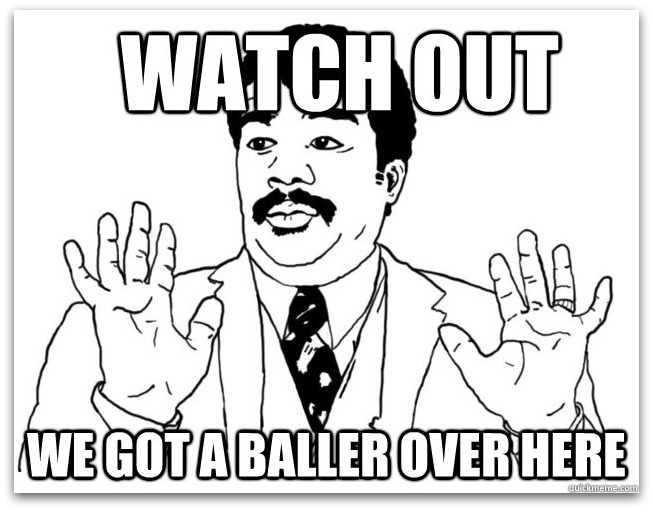
Maybe, but it’s more likely that my mom was reciprocating for the free samples.
Reciprocity works beyond a retail sales context, too. Within the hospitality industry, a study published in the Journal of Applied Social Psychology found that when servers included an unexpected gift of one or two free pieces of candy when bringing customers their bills, it increased tips by as much as 23%.
What’s more: If the server came back after the first piece of candy to see if anyone at the table wanted more, tips went up by an average of $3.40.
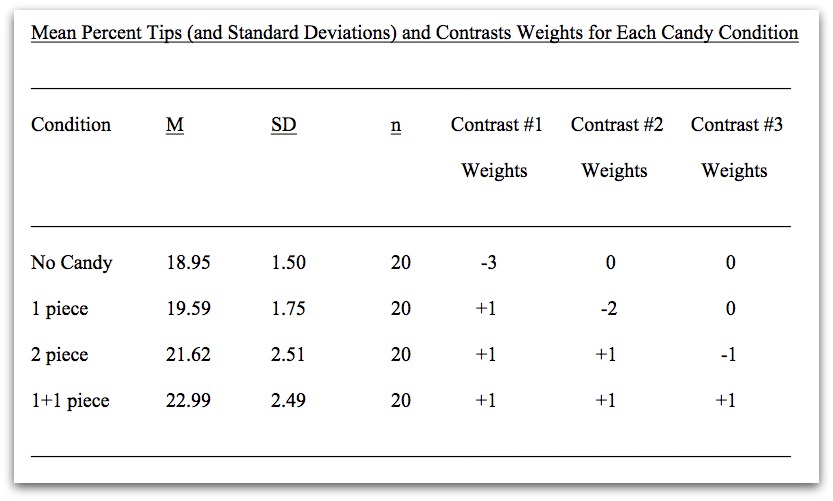
Overall, the study concluded that because diners wanted to reciprocate for the extra gift, the servers who included the candy when bringing the bill received higher tips than those who didn’t. And when a server came back to see if they wanted anything else, those positive feelings increased even more.
Here’s what this means for your copy: You can tap into the psychology of reciprocity by following up with customers with a “little extra” that makes them feel good about their purchase, and that compels them to buy again (or to buy more.)
Paul Jarvis puts this tactic to work on the sales page for his Creative Class, a 12-lesson online course for freelancers.
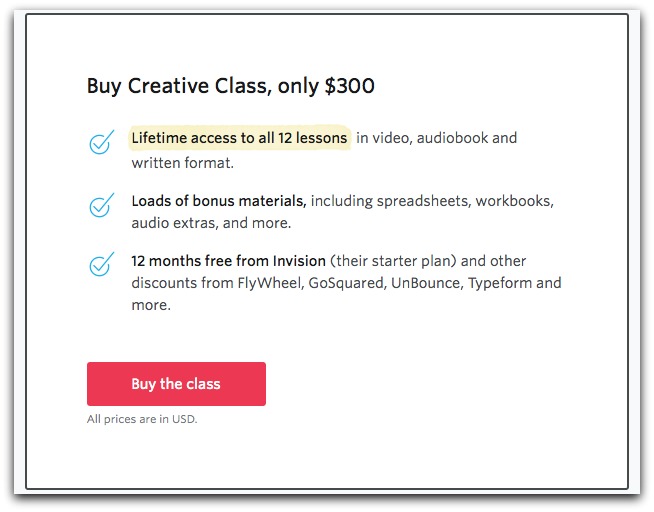
Notice how he throws in some extras like bonus materials, a free 12-month subscription to Invision and discounts for other helpful resources (like those extra perfume samples or the piece of chocolate) that make you think, “Man, what a great deal! And what a nice guy! I’ll go ahead and make this purchase.”
You can employ reciprocity in your email or landing page copy by showcasing:
- A free training session that shows new customers how to best use your tools or services
- A free eBook with tips and best practices
- A bonus lesson that’s not built in to your course
- A discount for a future purchase
These freebies should be framed with copy that reminds customers you’re including them to make sure they have everything they need to get the best possible experience. Because you’re such a nice person.
Using the Yale Attitude Change to Boost Credibility and Make Your Copy More Trustworthy
Another relevant psychological study aims to create the right conditions for persuasion (and persuasive copy) to be effective. According to the Yale Attitude Change, customers are more likely to believe and convert on persuasive claims if there is credibility that correlates with them.
It says that claims made in the marketing copy must do two things:
- Come from a source that has the appropriate ethos/expertise with the product
- Indicate concrete evidence that backs up claims
Seems pretty simple, right?
What some businesses struggle with, however, is finding a way to drive home that ethos and evidence in a way that’s quick and easy for any new customer to understand.
So what’s the secret to communicating credibility and activating the Yale Attitude Change?
Getting a hella credible person to represent your product.
Researchers found that a source high in credibility can be employed to make claims and copy more persuasive and believable, thus engaging this psychological effect.
You’re already familiar with this tactic, although you may not realize it. Companies have long been using celebrity endorsements and smart copy to drive sales. Take Nike for example. They used Wayne Rooney, a well-known soccer player with an impressive career, to employ the Yale Attitude Change with their product, a branded soccer ball.
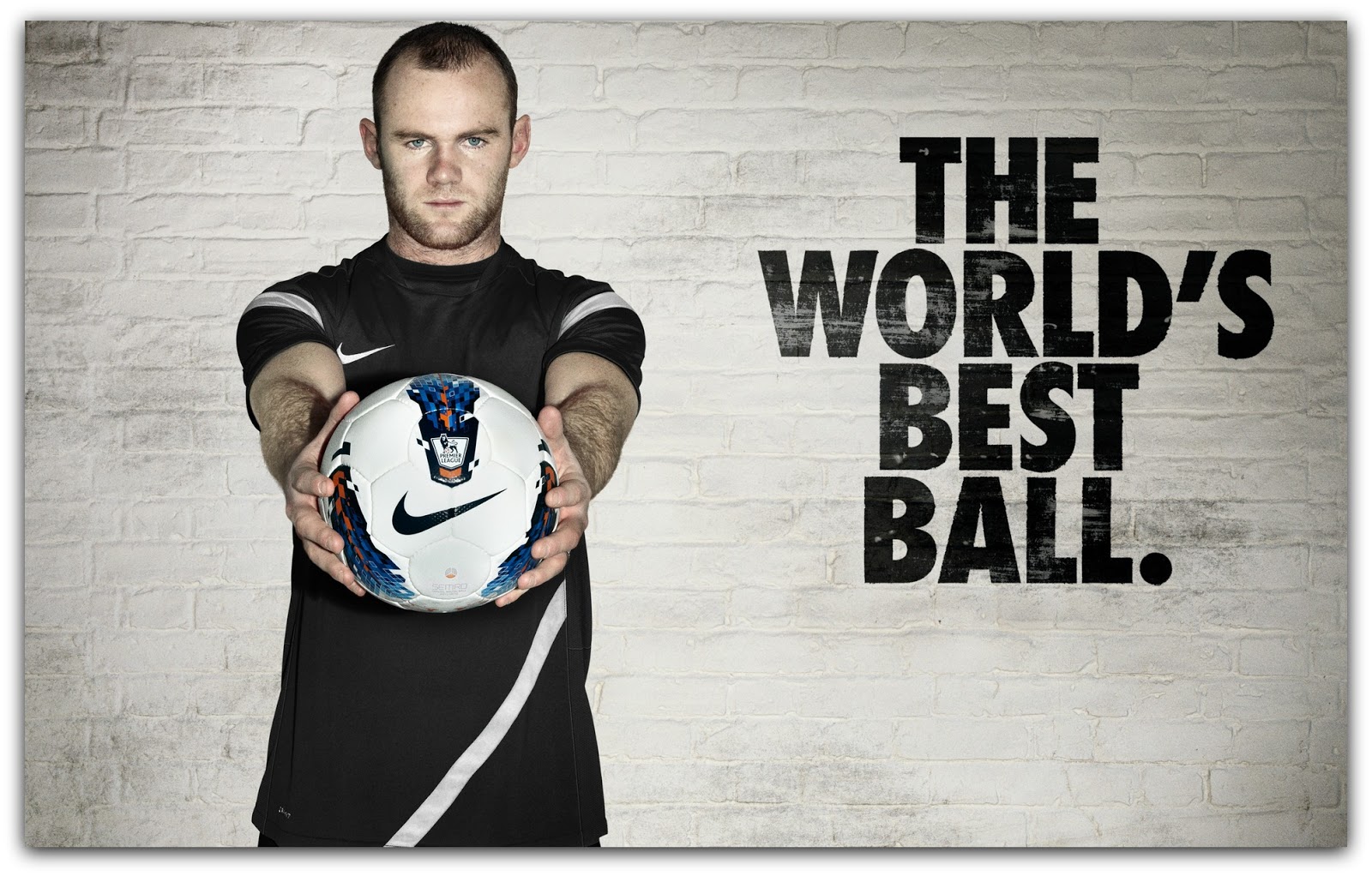
When someone with this level of experience and skill is paired with copy that says “The World’s Best Ball,” you’re suddenly more apt to believe those claims. After all, this guy would know, right? The Yale Attitude Change is at work here because:
- Wayne Rooney is a recognizable soccer expert
- Rooney has earned tangible accolades like a FIFA World Cup championship
It’s a one-two punch of having an expert vouch for the product and the assocation of success that backs up the claim made in the copy.
Here’s what this means for your copy: Especially if you’re a relatively new company that’s striving for authority within your niche, bringing in an expert can help you speed up the persuasion process (thanks to the Yale Attitude Change.)
You could do this by:
- Bringing in a respected subject matter expert as a brand evangelist (like Canva did with Guy Kawasaki)
- Creating ads that make bold claims, associated with a recognizable expert (like Gatorade did with Michael Jordan)
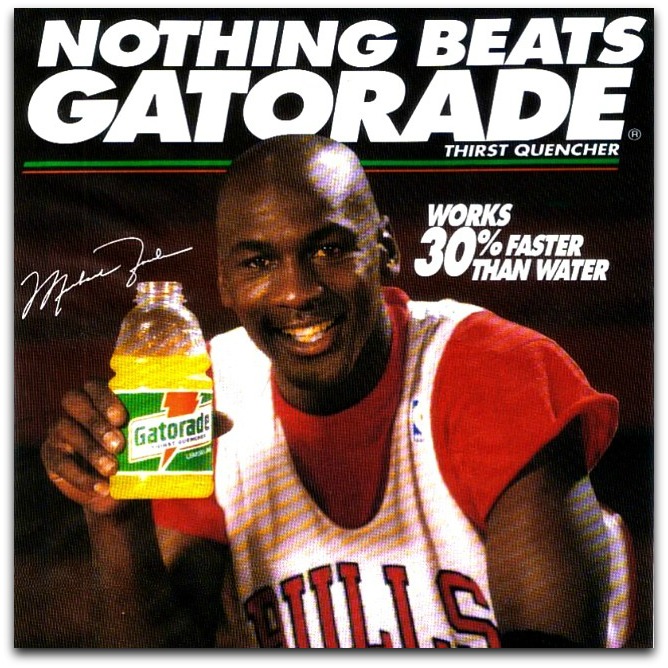
This strategy can be expensive, so it’s not for everyone. However, for companies who are in the position to pay for it, pairing copy with a face or name people know and respect can mean hopping on the fast track to building widely-recognized brand trust.
Taking Responsibility for Negative Experiences Creates Positive Impressions
It can be scary to admit those times when something you tried didn’t work–and it’s certainly not the first thing people want to admit in a marketing context.
But research from psychologist Fiona Lee indicates that owning up to failures and mishaps can actually be a good thing when writing copy.
Looking at the stock prices from 14 corporations over a span of 21 years, they found that those who publicly took responsibility for negative outcomes (like not meeting a sales or growth goal) consistently had higher stock prices.
Why? The team believes the companies that took a self-disserving stance were perceived by the audience as more responsible and more in control of the current state of their business. As a secondary result, they were more positively received than those who blamed unsavory results on external factors.
I recently saw an example of this tactic in action from writer Aaron Ordendorff, who shared how one of the first landing pages he wrote ended up being taken down by the client due to poor performance.
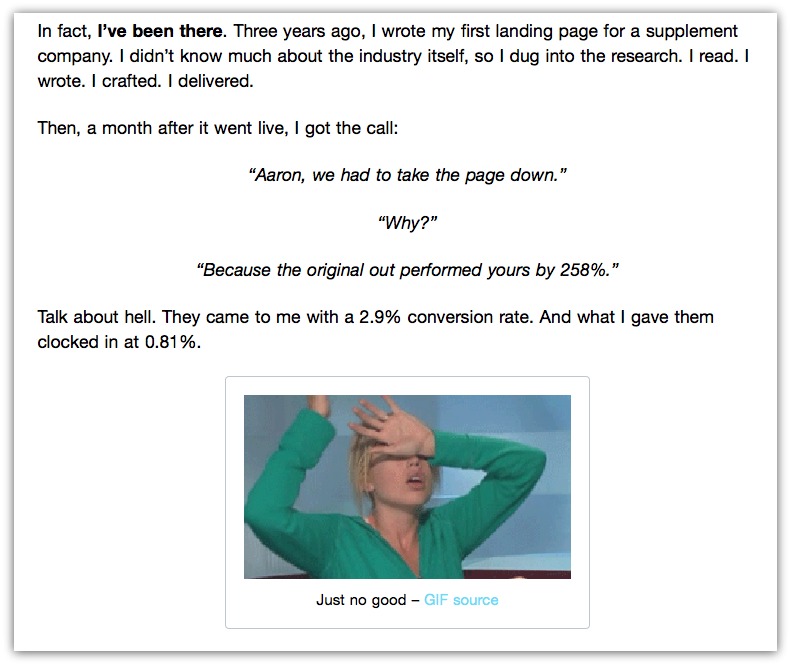
In sharing this negative experience, he not only earns the trust of the reader, but he also takes on a more human quality, which makes him more likeable and relatable.
He goes on to explain how he learned from this experience, which Lee’s research would indicate makes him more in control of this skill today (and thus worth hiring.)
Another example of this would be Elsie Larson, Founder of the A Beautiful Mess blog, sharing her experience about trying (and failing) to release a line of dolls while working with a company in the toy industry. She writes,
“A month or two later I got the news that my collection wasn't picked up. They told me that it was one of the final choices, but not the right fit for that year. I learned a lot through this failed dream. I promised myself that with my next adventure I would enjoy the process more and be less focused on the end result.”
She goes on to explain how as a follow up to this negative experience, she tried a different product next (a line of custom made dresses), which ended up being wildly successful. Again, we see the journey of the author as they learn from mistakes and come out on top later in the story.
Here’s what this means for your copy: Writing about failure and negative experiences helps give your copy a human element, and shows that you take responsibility for whatever happens within your business–be it positive or negative.
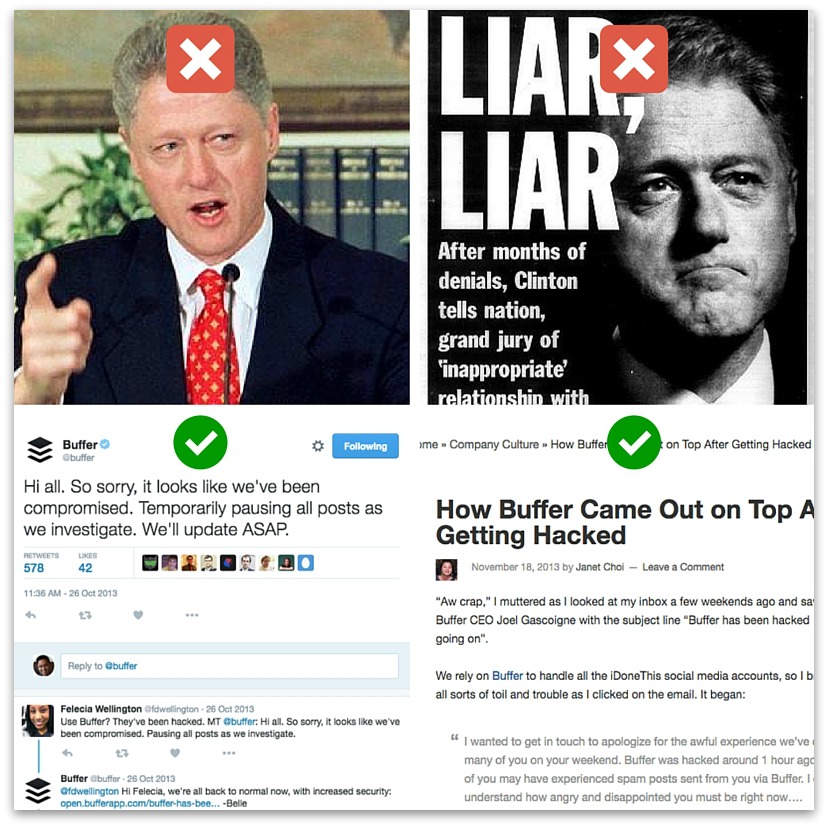
Don’t hesitate to share your learning experiences with your audience, such as:
- Times when an expected home run A/B test produced dismal results produced dismal results
- Launching a product that ultimately failed
- Marketing strategies that fell flat
Not only will you help your audience learn from your experiences, but you’ll allow them to see you and your brand in a more positive light. Admitting you’re not perfect and that you’ve had failures just like everyone else helps break down the walls between you and your customers.
Newness and Novelty: Giving People a Reason To Buy Again (and Again)
Humans like new things because, well, they’re new. They’re different. Sometimes they’re shiny.
But research from psychologists like Dr. Emrah Duzel explain that actually, we like things that are new and novel because they trigger a dopamine release in the brain.
What’s dopamine, you ask? It’s the chemical that makes the human brain feel pleasure and motivation. It’s released when we eat something sugary or fattening (damn you, McDonald’s french fries), or when we drink a giant cup of coffee. Duzel said:
“When we see something new, we see it has a potential for rewarding us in some way. This potential that lies in new things motivates us to explore our environment for rewards. The brain learns that the stimulus, once familiar, has no reward associated with it and so it loses its potential. For this reason, only completely new objects activate the midbrain area and increase our levels of dopamine.”
This is the same reason companies like Apple release new versions of their products on a regular basis.
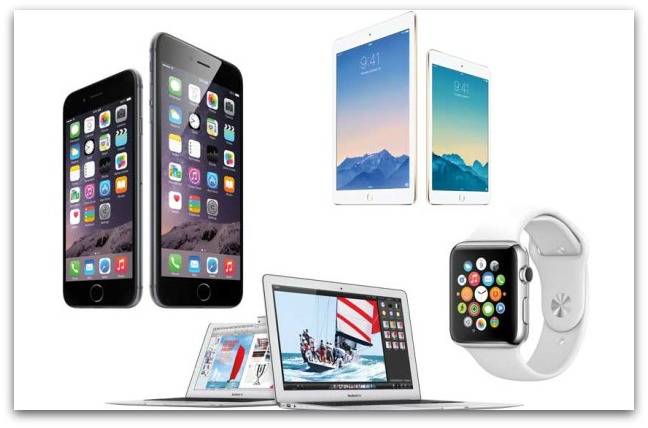
Do the consumers necessarily need a new device? No, but they like the idea of getting the newest, latest edition. It literally makes their brains happy.
Even if you’re not constantly releasing a new edition product, you can create an experience that’s new (and exciting!) for your audience.
In a copywriting context, keeping content fresh and interesting means tapping into the psychological power of novelty.
For example, FreeMake.com found that re-writing a sub-heading on their landing page for a shorter, more concise version increased downloads by 5.04%.
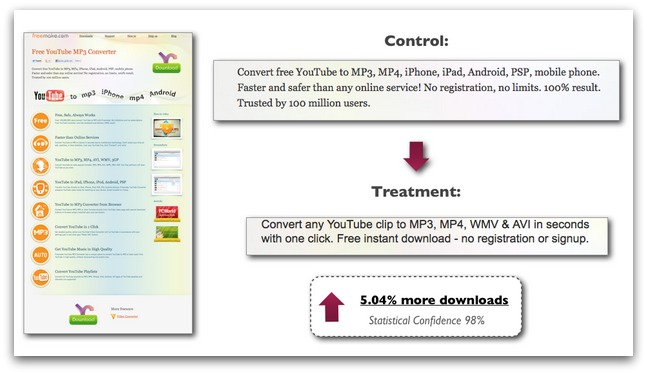
In revising the old version of their copy, they not only made it more digestible, but they also boosted conversions by attracting a visitor’s eye with copy they didn’t recognize as familiar.
Win-win.
Here’s what this means for your copy: It can be tempting to stick with the standard message, but switching out your copy creates a fresh experience for the reader–and sparks their interest anew.
Think about it: If a potential customer is seeing the same Facebook ad copy over and over in his or her feed, after the first time, that message loses its initial interesting quality. The same is true for a customer who frequently makes purchases and is sent the same standard thank you message as a follow-up each time. After a while, those messages get tuned out completely.
Consider regularly refreshing copy in places it would ordinarily remain static, such as:
From there, test different versions of rewrites on a regular basis to keep your messaging interesting for repeat customers. You’ll better understand which angles work best for your target audience, and you’ll keep readers engaged with what you have to say.
Boosting Sales by Selling Time Instead of Savings
When you’re selling a low-cost item, it’s tough to convince customers to buy from you based on the fact that your product isn’t expensive. There are lots of other low-cost providers they can choose from–so you need to sell them on something else in your copy…like time.
Psychologist Jennifer Aaker noted that marketing aimed at stirring up past experiences and personal connections creates favorable attitudes for customers–and increases their likelihood to buy. Why? Because they think back on those positive memories and are happy.

So why is time so effective as a marketing angle? Two reasons:
- Our feelings about time go deeper than our feelings about money
- Time is a scarce, nonrenewable resource.
It’s a popular tactic because it works. Aacker’s team of researchers found that of 300 ads in Money, New Yorker, Cosmopolitan, and Rolling Stone, almost half were related to time. "Clearly, marketers feel at some intuitive level that this time is important," Aaker said.
But Acker’s team wasn’t satisfied with confirming the tactic was widely used; they wanted to test this psychological tactic on their own. They set up a lemonade stand (manned by two six-year-old vendors) and used three different signs to market the product, which read:
- “Enjoy C&D’s lemonade”
- “Spend a little money and enjoy C&D’s lemonade”
- “Spend a little time and enjoy C&D’s lemonade”
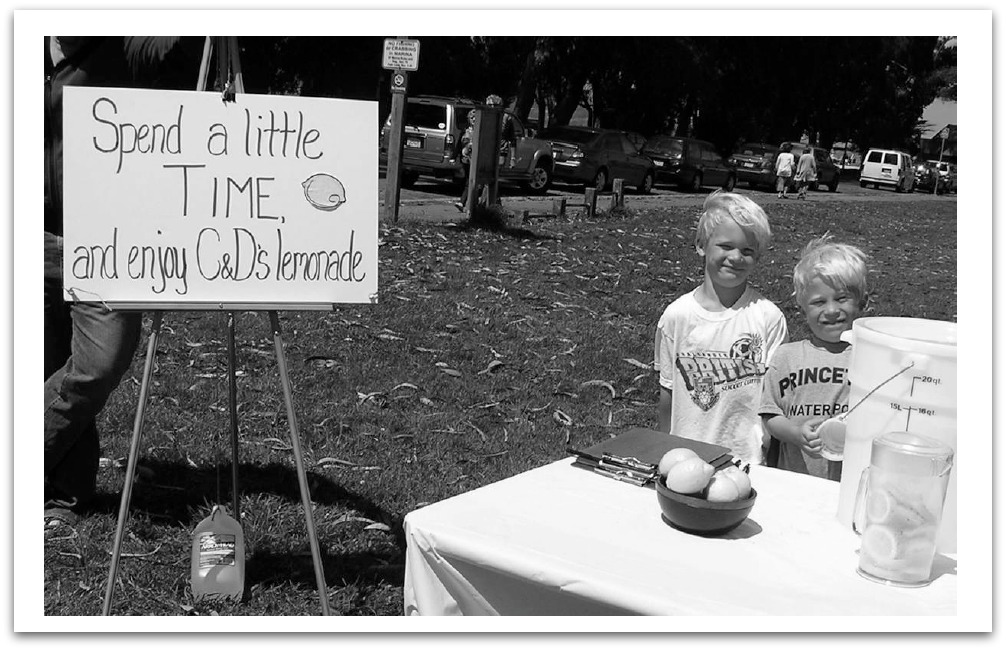
What they found was that the sign that mentioned time drew in 2x more customers, who often ended up paying 2x more for the lemonade.
This data reinforces what we already know is a successful tactic: Marketers have been using the time angle for a long, long time. A Pabst ad from 1957 shows a couple enjoying an experience, not celebrating how much money they saved buying this brand of beer.
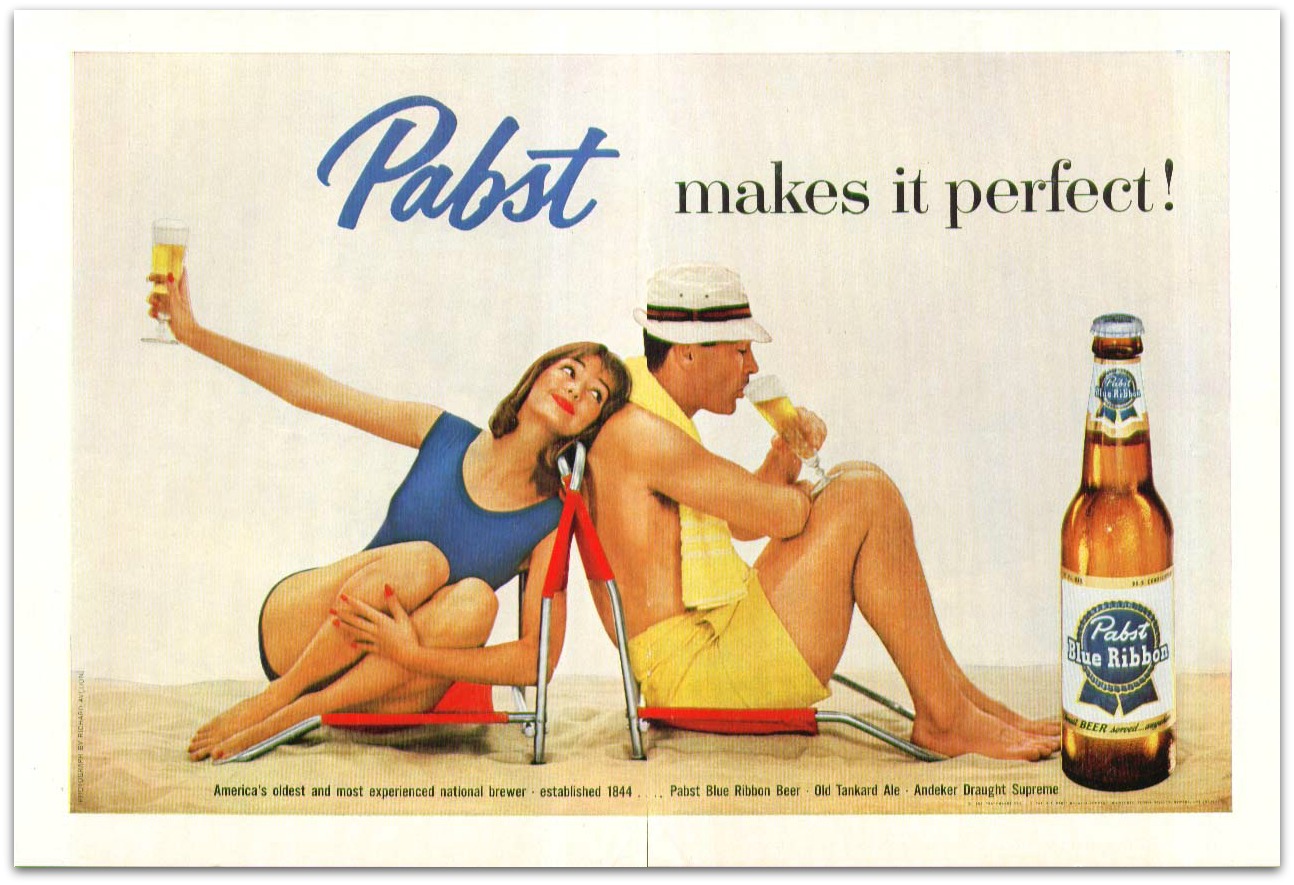
Here’s what this means for your copy: When writing copy to drive sales, think about how you can use storytelling to communicate the value of time and the experience your product creates (rather than touting how affordable your offering is.) Pair it with images that enhance the reader’s mental picture, and stir up those warm and fuzzy feelings.
Ditch the low-cost messaging and swap it out for copy that speaks to an experience, a feeling, or a positive memory seen through the rose-colored lenses of nostalgia.
Testing the Research: Finding the Tactic That Produces Results
Don Draper and Peggy Olson sometimes slept at the office trying to nail the perfect copy. They drank and smoked until they right idea struck.
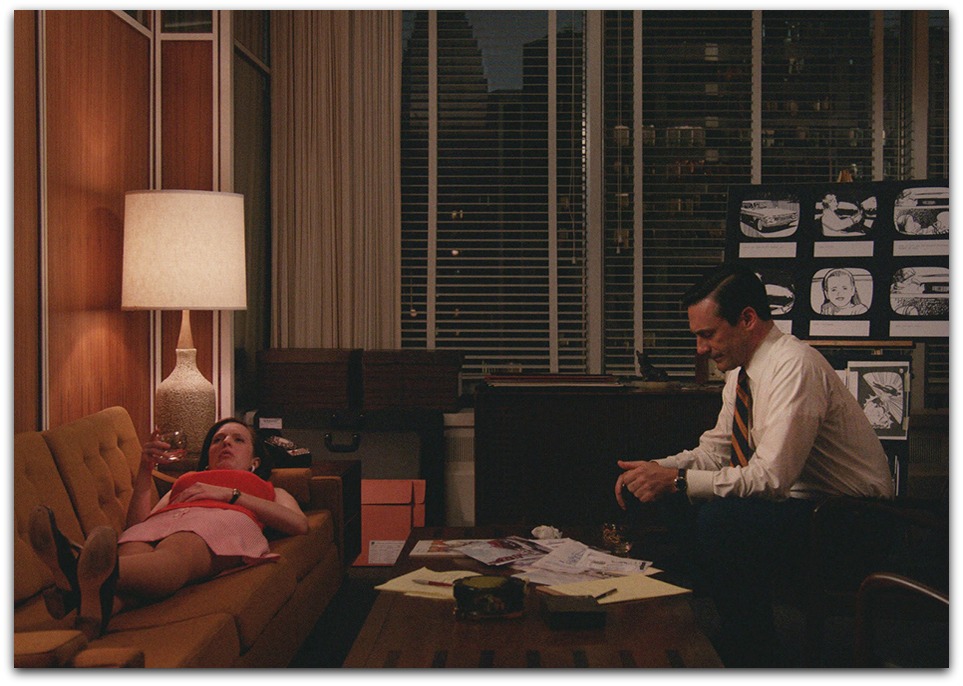
They didn’t have this handy guide to read, and they would’ve had to go to the library to get access to all of the psychological research we’ve covered here.
Lucky for you, not only do you have easy access to the data from those studies, but you have tools that allow you to test and measure the success of the tactics we’ve talked about.
- Heat Maps allow you to see what’s working (and what’s not) on your website
- Content Analytics indicate hard metrics for conversions, opt-ins, and more
- A/B testing lets you deploy different versions of copy to find a clear winner
Using these resources, you can look at hard numbers and statistics to nail down the strategies that work best for your unique audience. No guessing, no hoping it works. The numbers don’t lie.
The bottom line: You can study all of the psychology-based marketing tactics you want, but if you’re not properly testing them and monitoring their effectiveness, you’ll have zero clue which are truly effective at boosting sales for your business.
Psychological Studies: An Effective Writer’s Best Friend
If you’re not already tapping into psychological research to write sales-driven copy, today is the day to start.
Let’s recap why it works and how you can use it.
Why it works: You can’t read your customers’ minds, but you can use psychology to write in a way that speaks to their inner thoughts and needs.
How to use it to boost sales
- Use reciprocity to encourage buyers to return the positive feels (by handing you their money)
- Use the Yale Attitude Change to add ethos to your brand and the claims your copy makes
- Take responsibility for negative experiences, and use them as teaching moments and trust-builders
- Remember the importance of novelty and to refresh static, stale copy
- Use copy that speaks to time, not a discount
Your turn: Have you seen any psychological tactics used in copy that produced drove sales? Share them in the comments if so–we’d love to learn more!
Add A Comment
VIEW THE COMMENTS